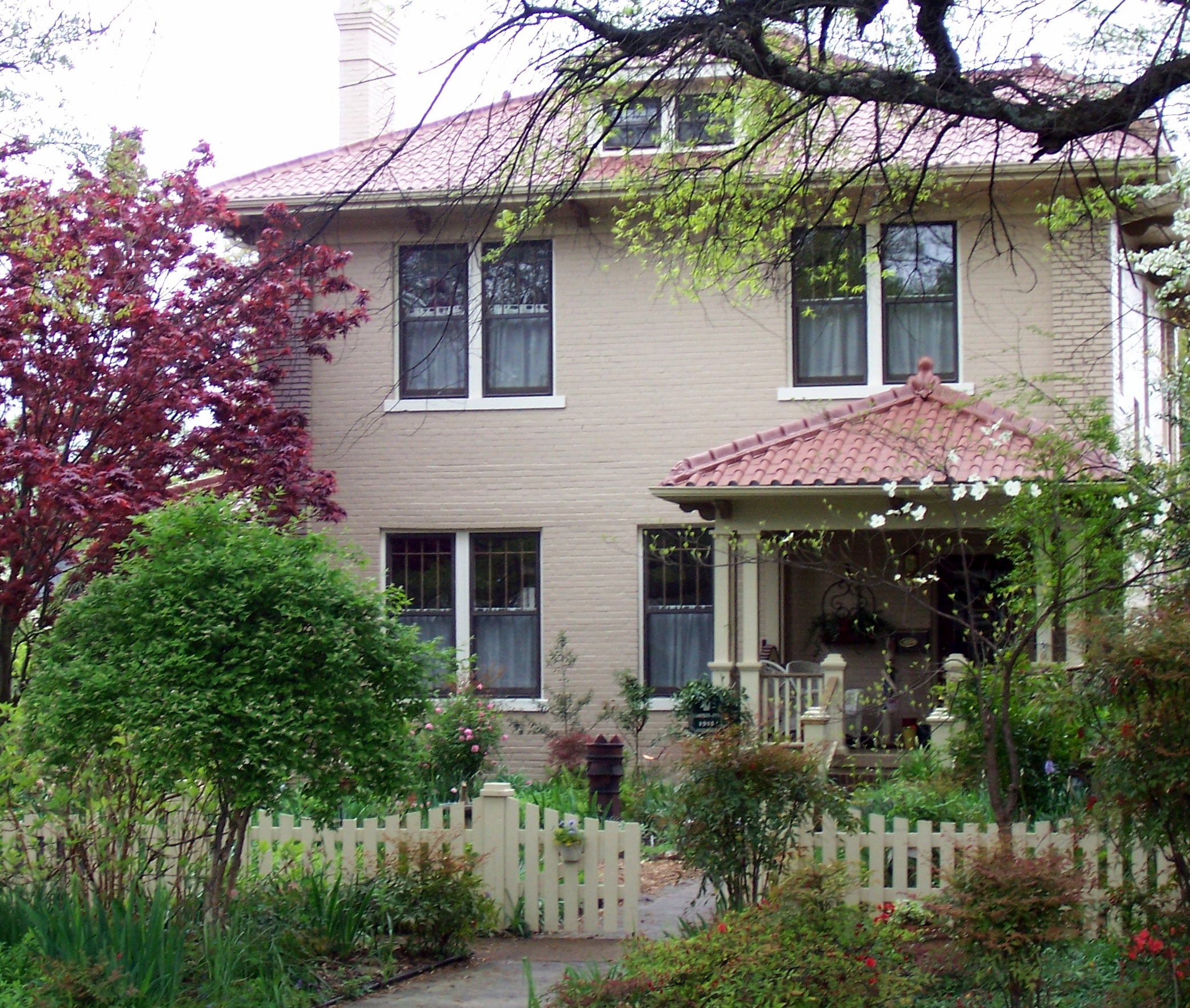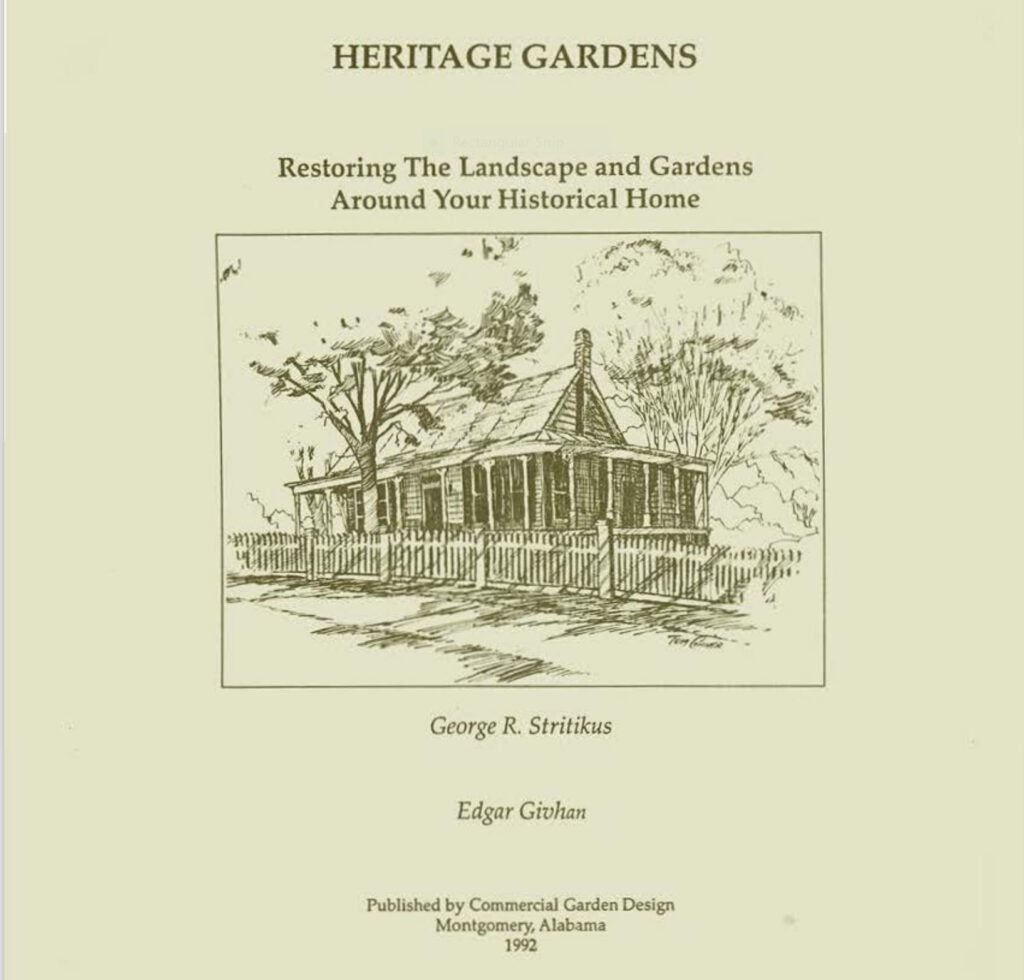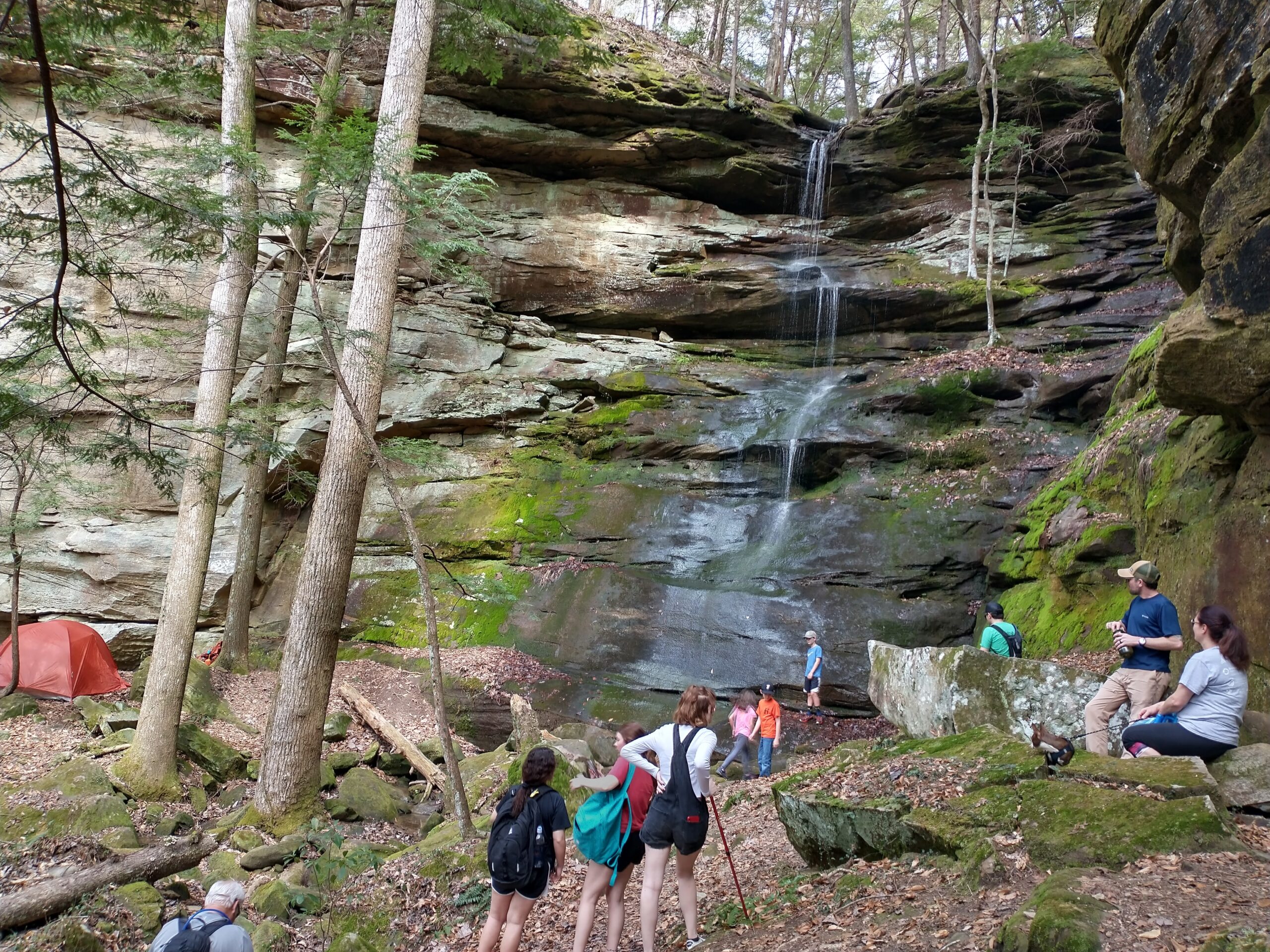By Tori Shaw, MSNHA graduate assistant
When you buy an historic home, perhaps the most significant challenge is the process of restoration. When we think of restoring historic homes, however, seldom do we consider extending those efforts into the landscape surrounding the home. If you’re wondering how a bunch of grass and plants could possibly have anything to do with history, John Sales writes that “Good gardens have always marked high points in civilization. They encompass more aspects of our cultural and social history than any other form of art.”[1] Likewise, historic gardens contribute to the overall atmosphere of the site, particularly as many historic homes may have included the landscape in their original designs.

Before starting a garden restoration, remember that it’s as nuanced as a building restoration, requiring archival and even archaeological resources. One of the most significant hurdles is scant archival materials. In “Historic Preservation: Curatorial Management of the Built World,” James M. Finch explains that the lack of documentation surrounding gardens of historic sites is primarily due the fact that, “until fairly recently, there was no literary tradition for recording or describing any but the most palatial or urbane of landscape features. Most horticultural and agricultural activities would have been in the hands of gardeners and peasants who, if not actually illiterate,” would have shared their knowledge by taking on apprentices.[2]
As it applies to buildings, the term “restoration” generally implies the rehabilitation of an existing structure. However, when using the term in regard to historic gardens, the definition is more complex. James J. Sagmiller outlines a framework of four potential approaches to managing restoration of historic gardens and what that restoration might entail: the first is preservation, in which “nothing is added or taken away from the garden” and “what is there is protected and preserved for the future;” the second, restoration, is where “a garden is made to accurately reflect the landscape at a specific time period of historical significance;” the third approach consists of reconstruction, or the recreation of “a garden or part of a garden that has since disappeared, except perhaps for the knowledge of where it was located;” and the fourth is “rehabilitation, which brings elements from the past history of the site and applies them to a new use of the property- an adaptation to its use in a new way.”[3] Unfortunately, more often than not, few visual models of historic gardens exist in their original states, making it difficult, if not impossible, to recreate an exact replica. This is made even more challenging by the fact that gardens, “unless consistently cherished… [can] disappear before they become recognized as important.”[4]

For some, garden preservation and maintenance may not be a choice, depending on whether your home falls under a preservation easement. According to the Alabama Historical Commission, “Owners of historic landmarks often devote considerable time and effort to the restoration and maintenance of their homes, gardens, and architectural details in a manner compatible their properties’ historic period and architectural styles.”[5] A preservation easement is a way for historic-property owners to ensure that their hard work will be protected long after they are gone or should ownership of the property change.

No matter which motivation or approach you choose, you’ll find many other valuable resources for restoring a historic garden. Particularly useful for Alabama homeowners is “Heritage Gardens: Restoring the Landscape and Gardens Around Your Historical Home,” a guide written by George R. Stritikus and Edgar Givhan and published in 1992. Stritikus and Givhan first discuss the history of landscape gardening and variations in style in the 19th century.[6] In Alabama, gardens have played an integral role in the life and culture of the state for thousands of years. However, prior to the 1830s, most gardens would have served more utilitarian purposes than decorative.[7] The authors then explore the evolution of Alabama’s gardens and regional variations in plant life and other landscaping materials, making it an indispensable guide for any Alabama garden restoration. The Birmingham Historical Society has a free PDF of the guide on its website.
- John Sales, “Garden Restoration Past and Present,” Garden History 23, no. 1 (Summer 1995), 2.
- James Marston Fitch, Historic Preservation: Curatorial Management of the Built World (New York: McGraw-Hill Book Company, 1982), 272.
- James J. Sagmiller, “Recreating a Historic Garden,” May 26, 2018, https://heirloomgardener.net/2018/05/26/recreating-a-historic-garden/.
- John Sales, “Garden Restoration Past and Present,” Garden History 23, no. 1 (Summer 1995), 1-9.
- “Alabama State Historic Preservation Plan: 2014-2019,” Alabama Historical Commission, https://ahc.alabama.gov/State_Plan_PDF/Alabama_State_Historic_Preservation_Plan_2014_2019.pdf.
- George R. Stritikus and Edgar Givhan, Heritage Gardens: Restoring the Landscape and Gardens Around Your Historical Home (Montgomery, Alabama: Commercial Garden Design, 1992), https://birminghamhistoricalsociety.files.wordpress.com/2020/02/heritage-gardens-restoring-the-landscaping-and-gardens-around-your-home-1992.pdf.
- Katie Jackson, “Growing History: Celebrating 200-Plus Years of Gardening,” Alabama Living, accessed July 30, 2020, https://alabamaliving.coop/article/growing-history/.





